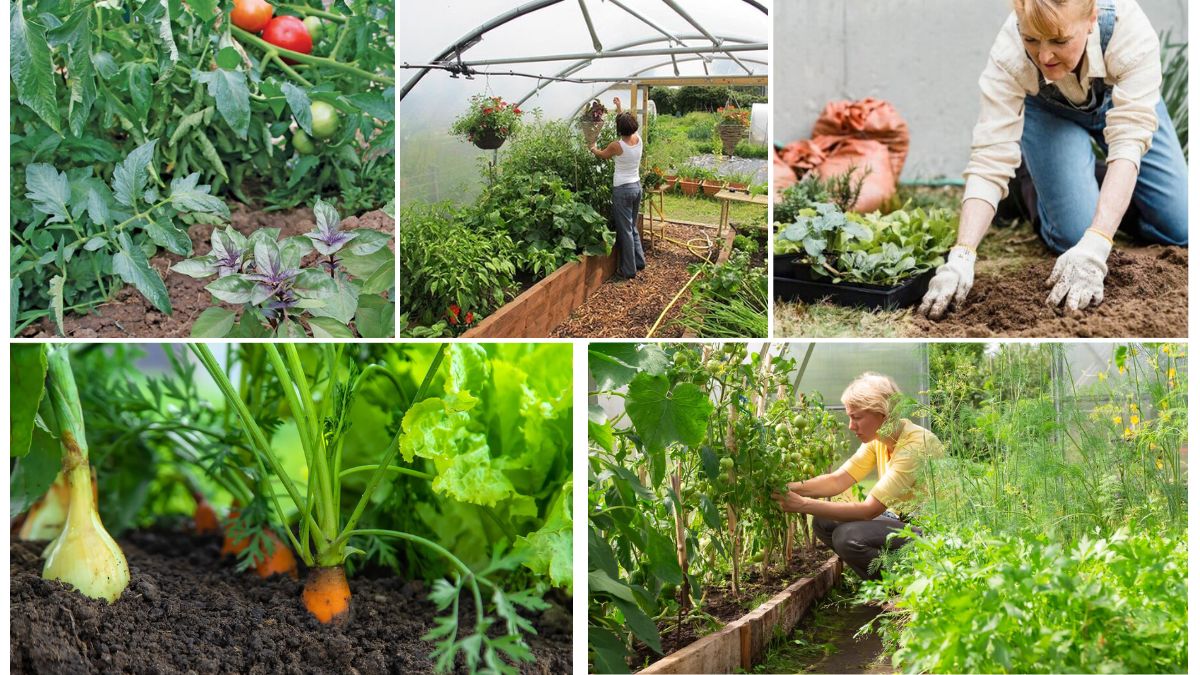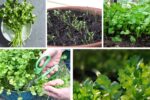Creating a thriving garden or farm doesn’t begin with seeds or water — it starts beneath your feet, with the soil. Soil is more than just dirt; it’s a complex ecosystem that supports plant life. Understanding the science of soil and its compatibility with different plants is essential for successful gardening and agriculture. In this article, we’ll explore the components of soil, how it interacts with plant biology, and how you can match plants to the right soil types for optimal growth.
What is Soil Made Of?
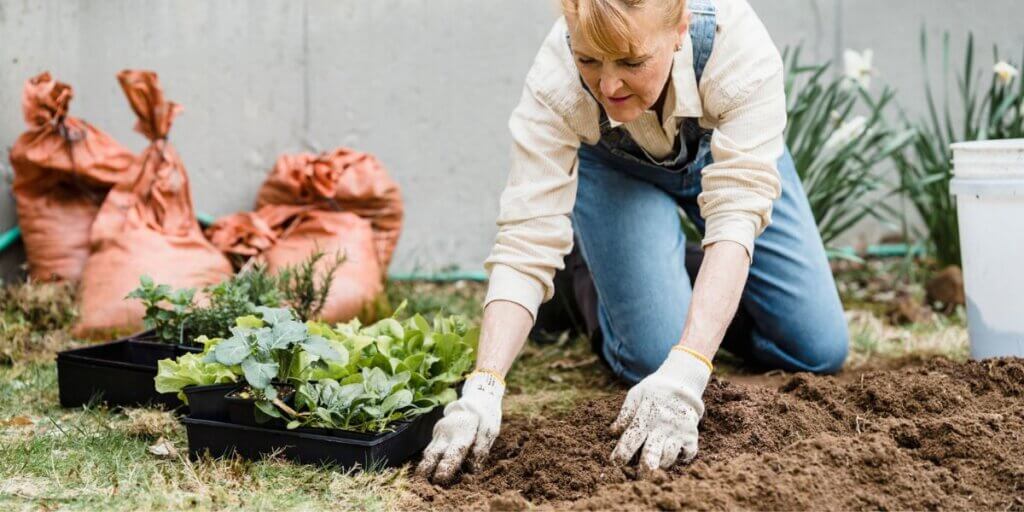
Soil is a mixture of mineral particles, organic matter, water, air, and countless microorganisms. The balance of these components determines the physical and chemical properties of the soil:
- Minerals: Sand, silt, and clay are the primary mineral components. Their ratios determine the soil’s texture.
- Organic Matter: Decaying plants and animals contribute nutrients and help retain moisture.
- Water and Air: Essential for root respiration and nutrient transport.
- Microorganisms: Bacteria, fungi, and earthworms improve soil structure and release nutrients.
Each of these elements influences how well a plant can grow in a given soil.
Soil Texture and Structure: Why They Matter
Soil texture refers to the proportion of sand, silt, and clay:
- Sandy Soil: Drains quickly but doesn’t retain nutrients well.
- Clay Soil: Rich in nutrients but often heavy and poorly drained.
- Silty Soil: Holds moisture and nutrients better than sandy soil.
- Loamy Soil: The ideal balance of sand, silt, and clay. Great for most plants.
Soil structure, on the other hand, describes how soil particles bind together. A good structure allows roots to penetrate easily, holds water, and supports air exchange. Compacted or poorly structured soil can stunt root growth and cause plant stress.
Soil pH: The Hidden Influence
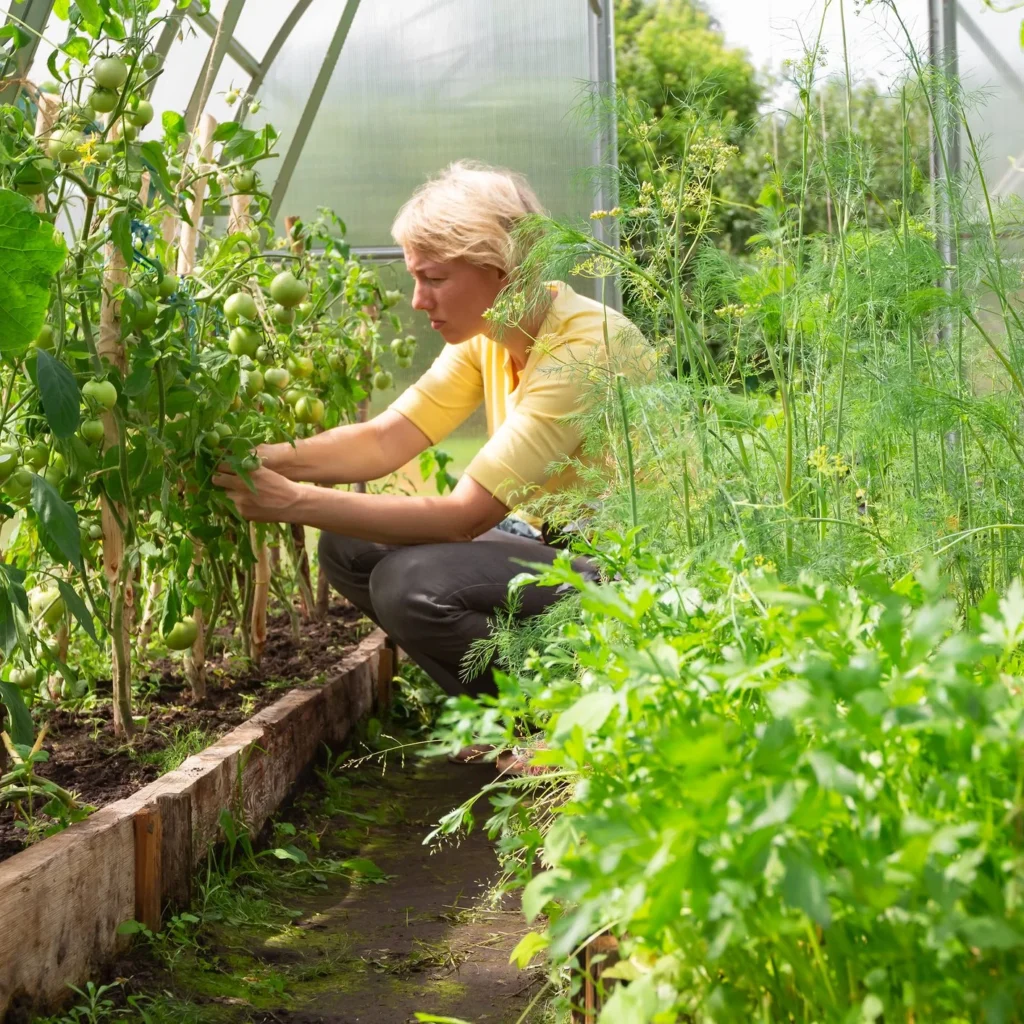
Soil pH measures the acidity or alkalinity of the soil, ranging from 0 (very acidic) to 14 (very alkaline), with 7 being neutral.
- Acidic Soil (pH below 6): Favored by blueberries, azaleas, and potatoes.
- Neutral to Slightly Acidic (pH 6-7): Ideal for most vegetables and ornamental plants.
- Alkaline Soil (pH above 7): Suitable for lavender, rosemary, and some legumes.
Soil pH affects nutrient availability. For example, iron becomes less available in alkaline soils, which can lead to deficiencies in plants that require it.
Nutrient Content and Fertility
Plants require 17 essential nutrients to grow. These are categorized into:
- Macronutrients: Nitrogen (N), phosphorus (P), potassium (K), calcium, magnesium, and sulfur.
- Micronutrients: Iron, manganese, zinc, copper, molybdenum, boron, chlorine, and nickel.
Each plant has different nutrient demands. For instance, leafy vegetables need high nitrogen levels, while root crops like carrots need more potassium and phosphorus.
Soil testing is crucial for identifying nutrient deficiencies or excesses and guiding fertilization strategies.
Soil Moisture and Drainage
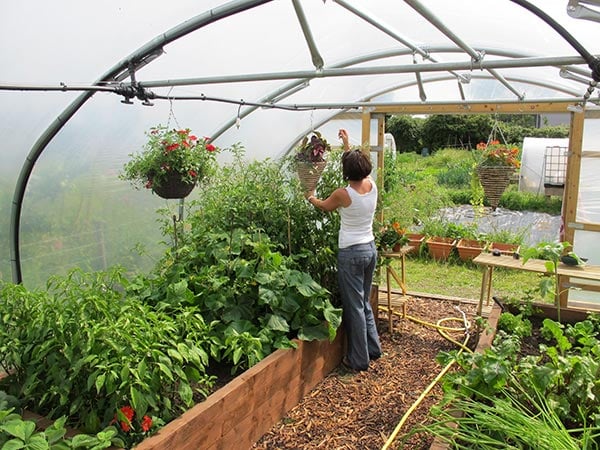
Water is vital for plant health, but too much or too little can harm them.
- Well-drained soils (like sandy or loamy soil) suit most plants.
- Moisture-retentive soils (like clay or silty soil) support water-loving plants like rice or taro.
- Poorly-drained soil can lead to root rot in sensitive plants. Raised beds or amending the soil can solve this.
Monitoring moisture levels and choosing plants suited to the existing water-holding capacity of your soil improves plant survival.
Microbial Life and Soil Biology
Soil is alive. Beneficial microbes and fungi play a key role in:
- Breaking down organic matter
- Fixing nitrogen
- Enhancing root nutrient absorption
- Protecting plants from pathogens
For example, legumes like beans and peas form symbiotic relationships with Rhizobium bacteria, which fix nitrogen from the air into a form plants can use. Similarly, mycorrhizal fungi improve phosphorus uptake for many trees and shrubs.
Healthy microbial activity improves soil fertility naturally, reducing the need for synthetic fertilizers.
Matching Plants to Soil Types
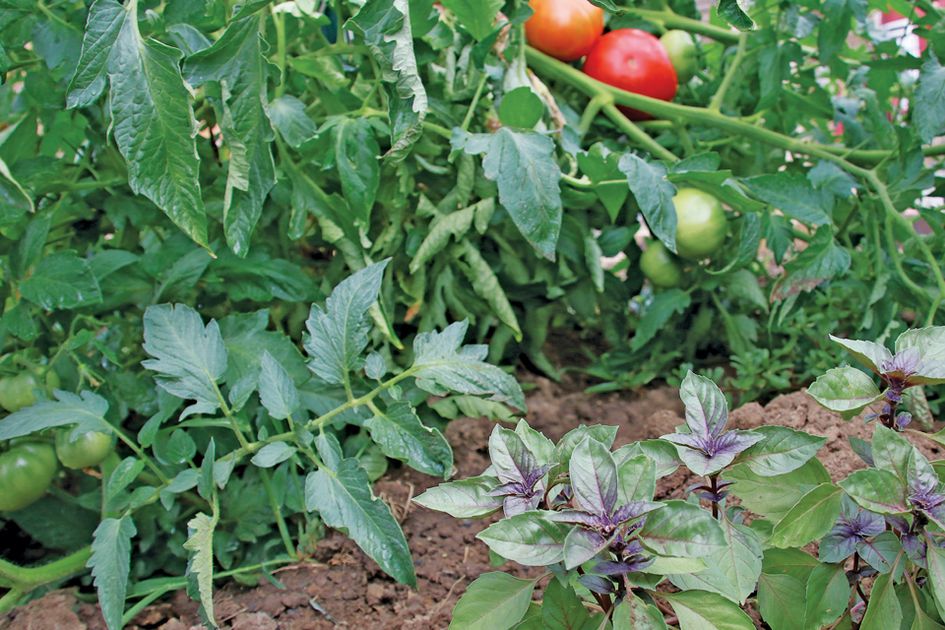
Choosing plants that match your soil’s natural properties leads to less maintenance, higher yields, and healthier gardens. Below are examples of plant-soil compatibility:
1. Sandy Soils
- Best for: Carrots, potatoes, melons, lavender
- Why: Excellent drainage, warms up quickly
2. Clay Soils
- Best for: Broccoli, cabbage, roses, daylilies
- Why: Rich in nutrients, retains moisture well
3. Silty Soils
- Best for: Tomatoes, peonies, beans
- Why: Fertile and moisture-retentive
4. Loamy Soils
- Best for: Almost any plant
- Why: Ideal texture, nutrient-rich, and good drainage
5. Acidic Soils
- Best for: Blueberries, rhododendrons, hydrangeas
- Why: They require specific nutrients only available in acidic conditions
How to Improve Soil Compatibility
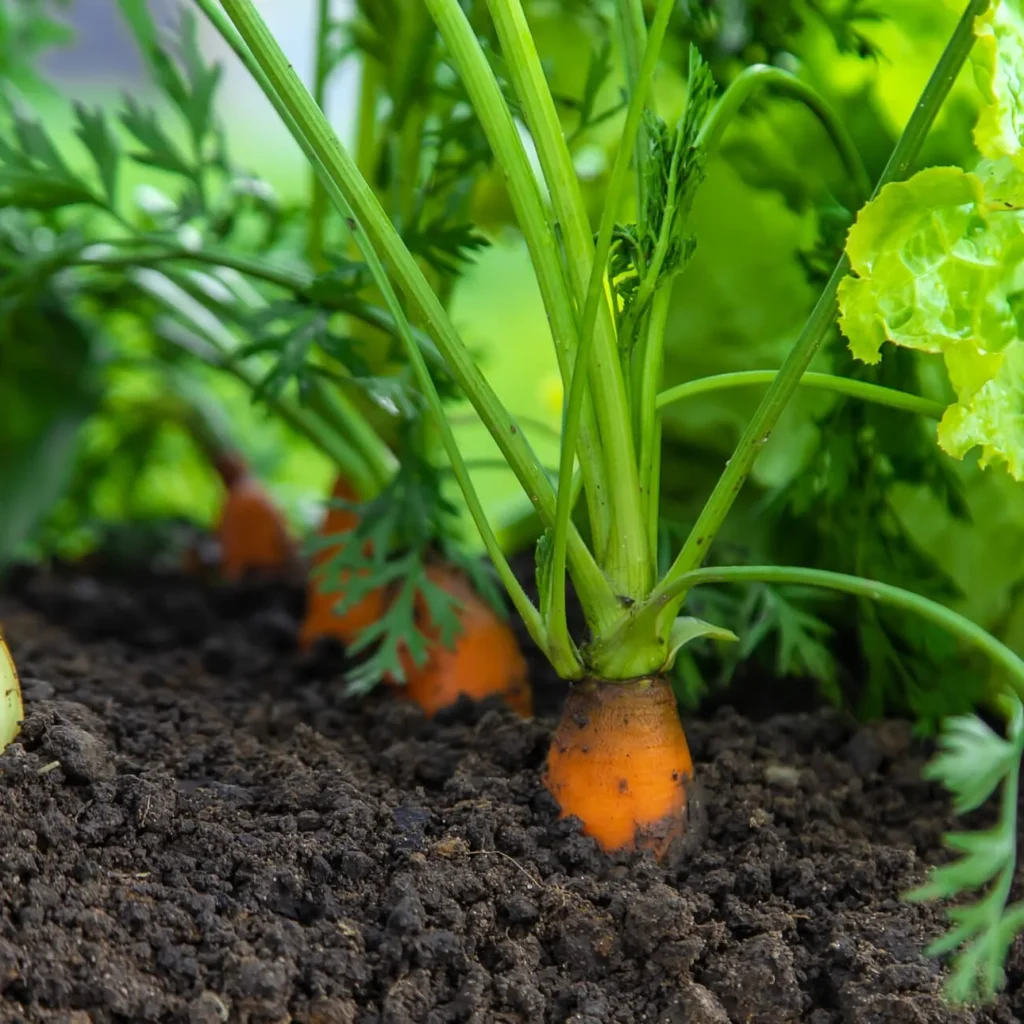
If your current soil doesn’t match your desired plants, you can enhance its compatibility through:
1. Amending the Soil
- Add compost or organic matter to improve structure and fertility.
- Use sand to loosen clay soils or add clay to slow-draining sandy soils.
2. Adjusting pH
- To raise pH (reduce acidity): Add lime.
- To lower pH (reduce alkalinity): Add sulfur, pine needles, or peat moss.
3. Building Raised Beds
For poor or compacted soils, raised beds filled with custom soil mixes allow better control over texture and drainage.
4. Crop Rotation and Cover Crops
- Helps maintain soil fertility.
- Prevents nutrient depletion and disrupts pest cycles.
Soil Testing: The First Step Toward Success
Before planting, perform a soil test. Home testing kits are available, or you can send a sample to a local agricultural lab. A test reveals:
- Soil pH
- Nutrient levels
- Organic matter content
- Presence of contaminants
With these results, you can make informed decisions about fertilization, amendments, and plant selection.
Conclusion: Healthy Soil = Healthy Plants
The foundation of every thriving garden lies in the compatibility between the soil and the plants growing in it. By understanding soil science — from pH and nutrients to texture and microbes — you empower yourself to choose the right plants, improve your yields, and nurture the environment.
Whether you’re planting a backyard vegetable patch or managing a fruit orchard, taking time to understand your soil is a crucial investment. After all, when soil and plants work together in harmony, nature rewards you with a flourishing, vibrant garden.
